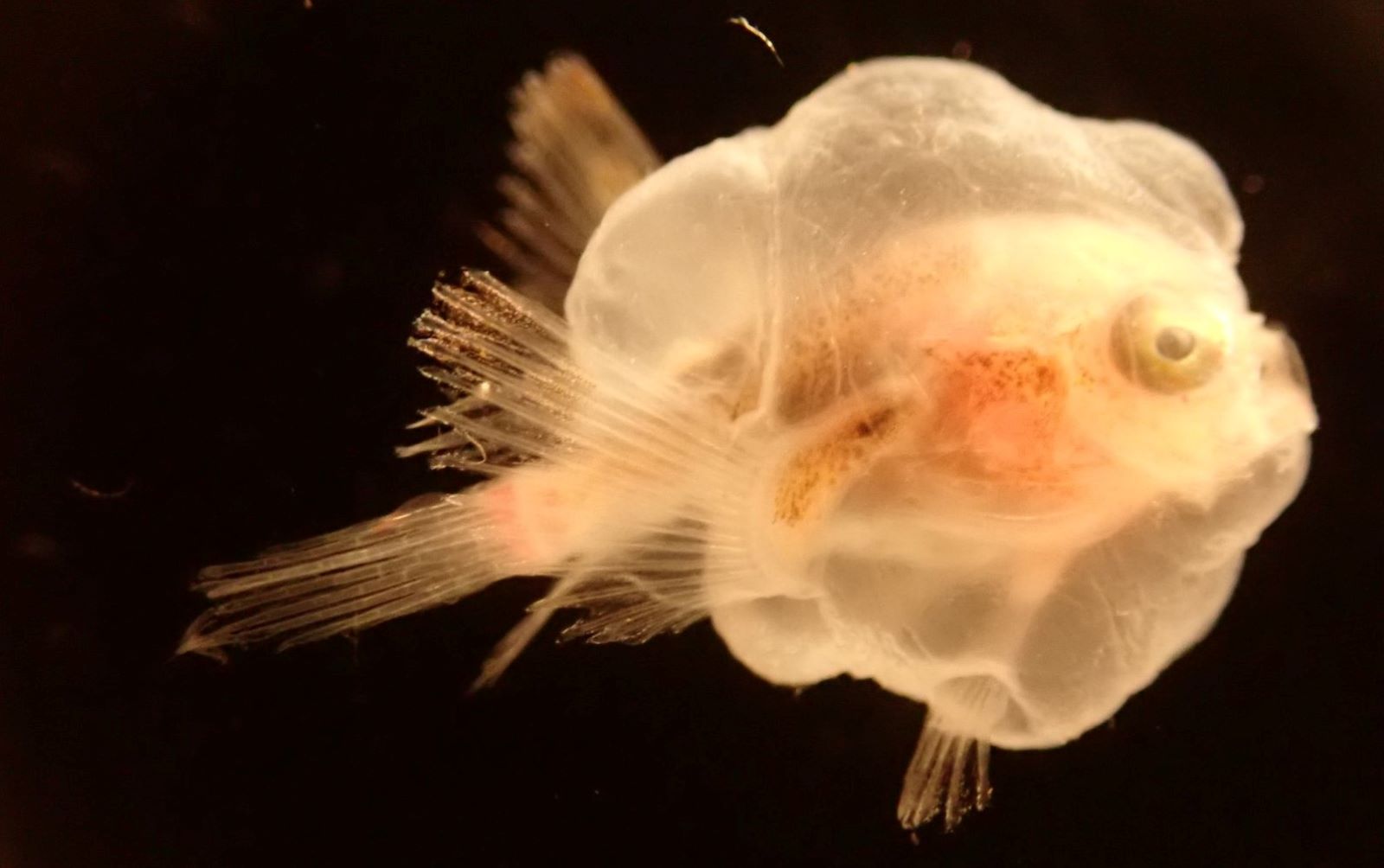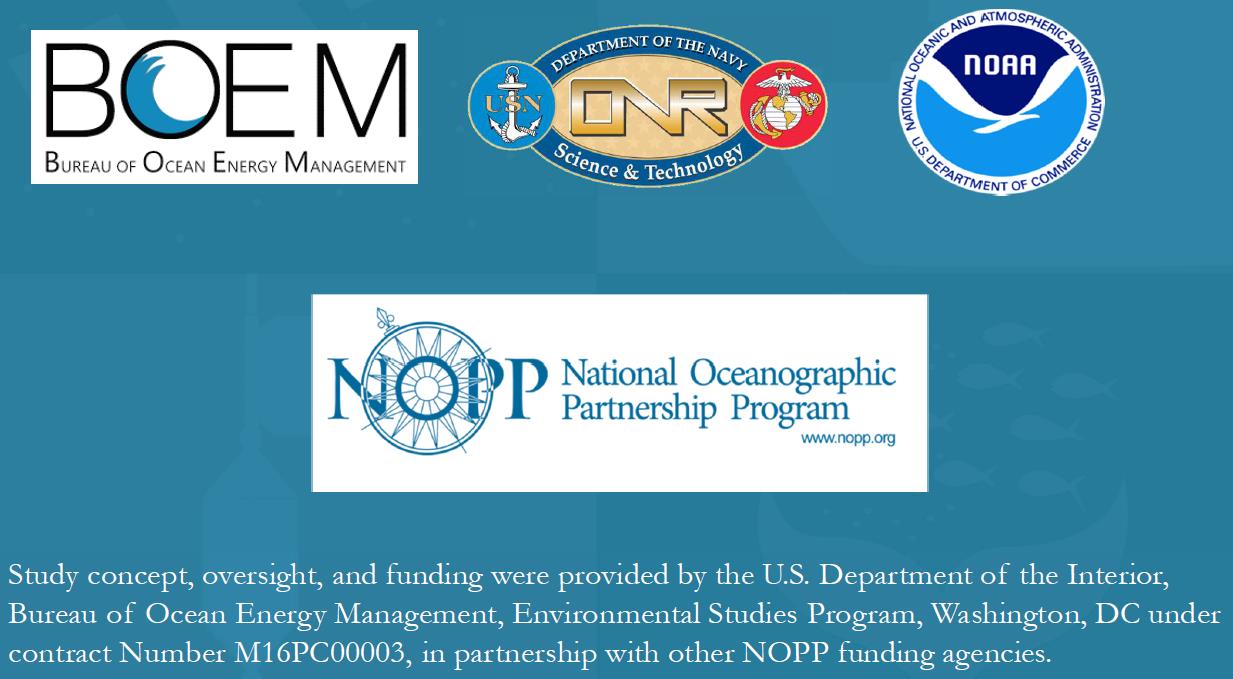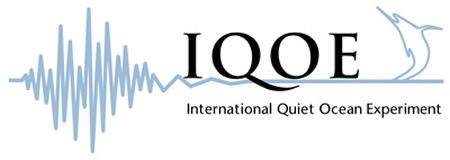Hello! Jake, the fish guy here. A little over the halfway point, in the trip, and things are starting to get a bit spooky here on the boat. The night shift took some time to decorate the main lab with some not so spooky decorations, and everybody is excited to dawn a costume and celebrate Hallow’s Eve.
I want to take some time to highlight some of our not creepy critters that terrify me, fish larvae. The terrifying aspect of fish larvae is identifying them. Fish larvae often take a very different, almost alien, form from their adult counterparts that may be familiar. Many species have unknown life-history stages, and many groups of fishes have similar larvae only distinguishable by counting muscle groups or fin rays and groupings. These aspects make identifying larvae a long, eye-straining, and arduous process. The process usually goes something like this: counting, counting again to check the first count, questioning that last count, counting a third time, comparing sets numbers with reference material, and ultimately leaving most identifications at the Order or Family level. However, it is hard not to admire the variety of forms and odd ways life has decided to display selection when it comes to fish larvae.

These are only two examples of the many larvae we have been able to collect while out at sea. The myriad of forms goes to show how special each different animal is. It is one of the more beautiful aspects of life when you think about it. And with that deep thought, I am going to sign off.
Happy Halloween! -Jake Norry


